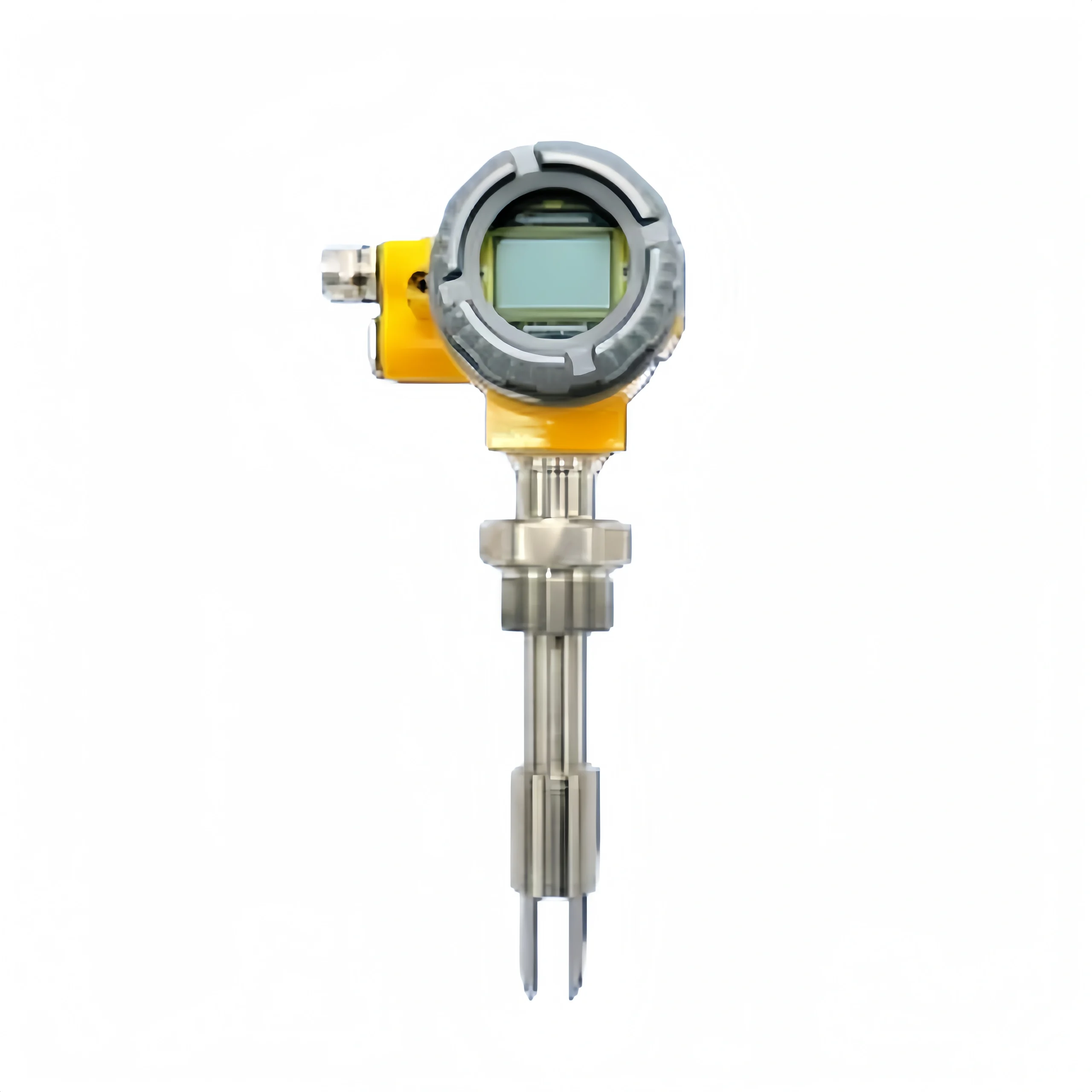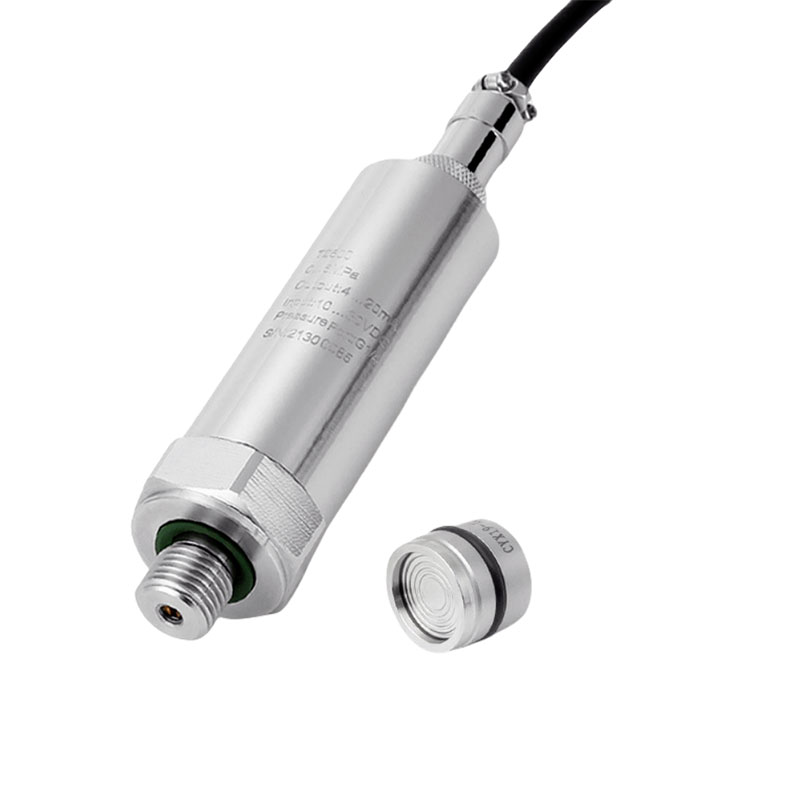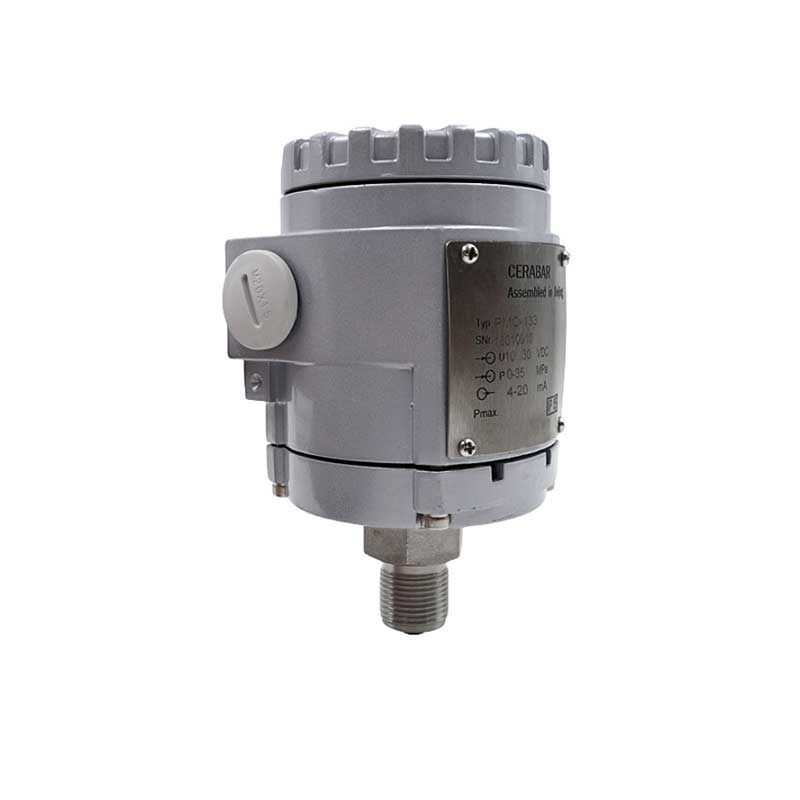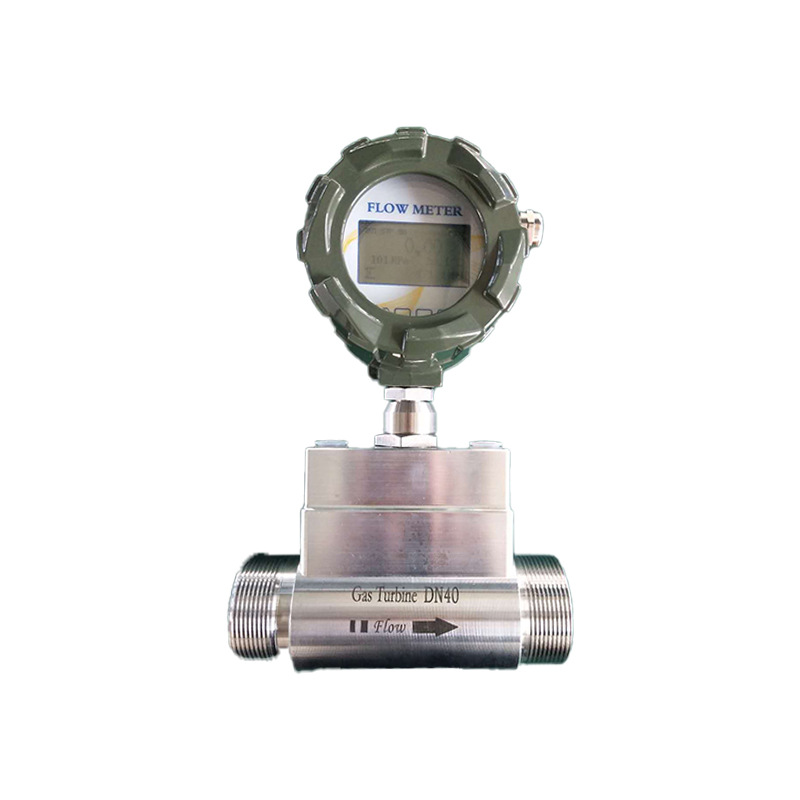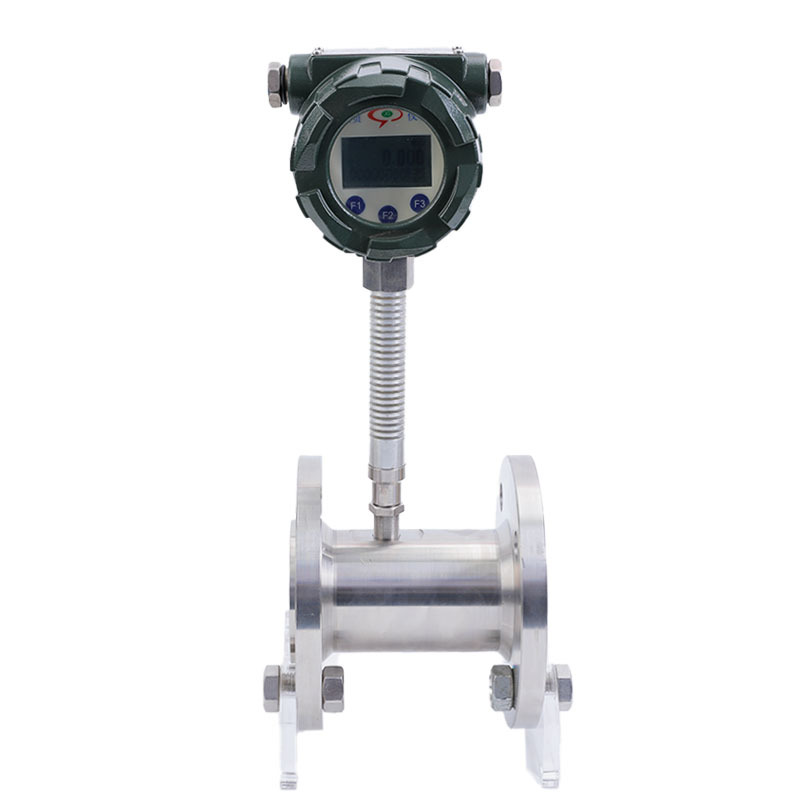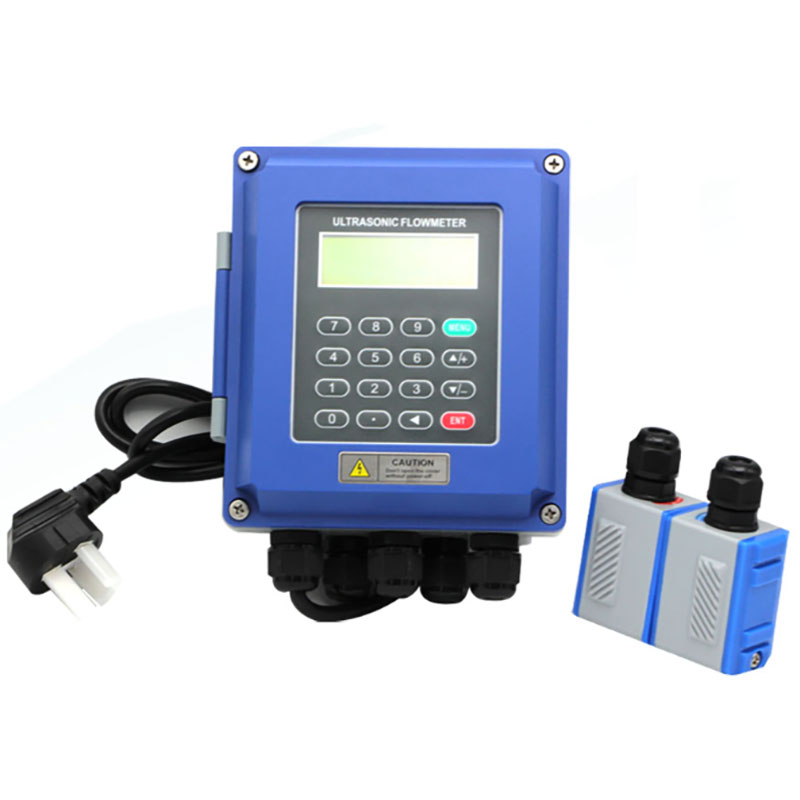Are Density and Viscosity the Same Thing?
Density and viscosity are two important parameters in industrial measurement processes. They are not the same thing.
Density refers to the mass per unit volume. Viscosity is the internal frictional resistance of a fluid.
Density determines the mass properties of a fluid. Viscosity determines the flow properties of a fluid.

What is the Difference between a Viscometer and a Density Meter?
A density meter and a viscometer are two different instruments used to measure different physical properties.
A density meter measures the density of a substance, i.e., the mass per unit volume. Density is an inherent property of a substance, usually expressed in grams per cubic centimeter (g/cm³) or grams per milliliter (g/mL).
A viscometer measures the viscosity of a fluid, i.e., the viscosity or flow resistance of the fluid. Viscosity is a physical quantity describing the flow characteristics of a fluid, usually expressed in pascals (Pa·s) or millipascals per second (mPa·s).
How Accurate is a Density Meter?
Sino-Inst’s density meters have an accuracy of ±0.001 g/cc (±1 kg/m³), ±0.5%. Higher accuracy can be customized.
What are the Limitations of a Density Meter?
It has significant deviations when detecting liquids containing solid-liquid mixtures or liquids with crystals or bubbles. Because in this situation, the tuning fork is driving a solid or bubble, not a liquid, the deviation is large.
Density meters have relatively high requirements for tube diameter installation; improper installation may lead to boundary effects. Flow rate requirements are also relatively high. Stirring and high flow rates will affect the measured values.

How to Calibrate a Density Meter?
To ensure the accuracy of the measurement result, we should calibrate the density meter regularly. Calibrating a density meter involves the following steps:
Selecting a suitable reference substance:
Choose an appropriate calibration solution based on the application of the density meter and the characteristics of the sample to be measured. Commonly used are liquids with known density values such as water (density 1 g/cm³ at 4°C) and alcohol.
Following the manufacturer’s guidelines:
Different types of density meters may have different calibration methods; please strictly follow the instructions in the equipment manual.
Adjusting to the standard value:
Place the density meter in the selected calibration solution, and then adjust the density meter according to the difference between the reading and the actual density until the correct reading is achieved.
Record Calibration Progress:
After calibration, record the calibration date, the calibration solution used, and the final results for future reference.
Regular Recheck:
After the initial calibration, it is recommended to annually recheck the accuracy of the density meter and make adjustments as needed.
It is vital to note that for certain specialized fields, specific standards or specifications may be required for calibration.
Furthermore, appropriate safety measures must be taken when handling flammable, explosive, or other hazardous chemicals. If unsure how to correctly perform the calibration process, it is best to consult a professional and contact the equipment supplier for assistance.



